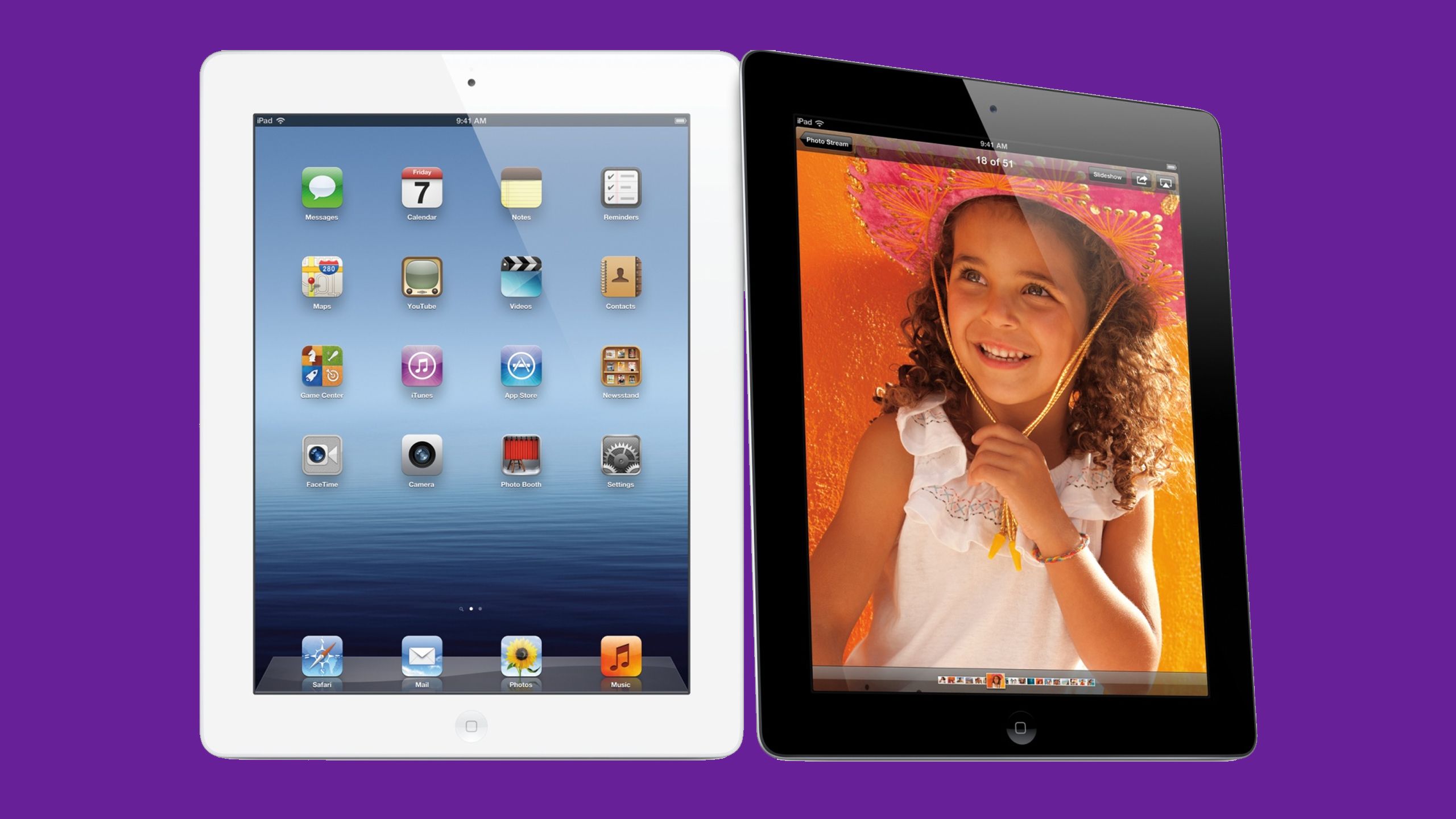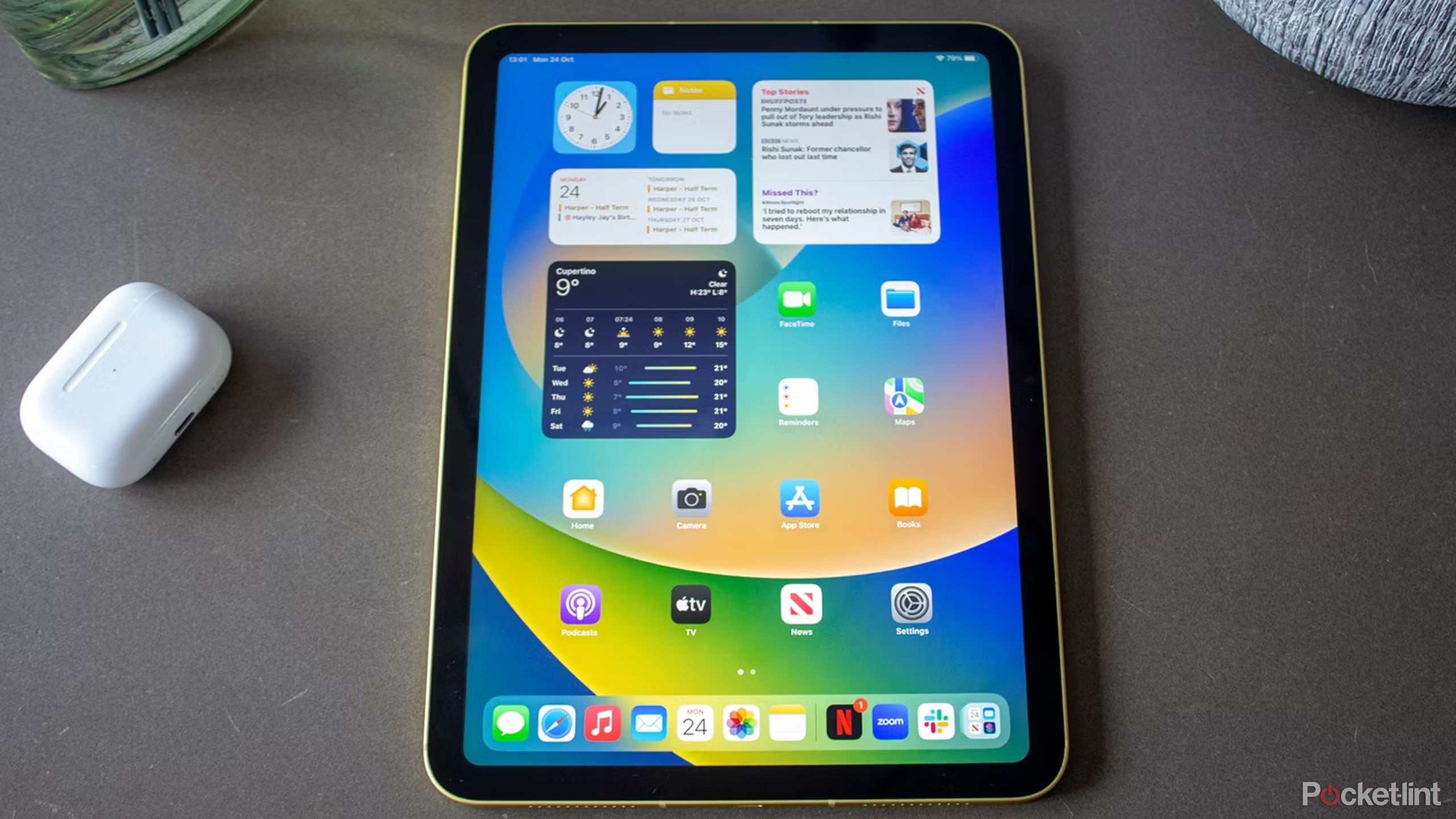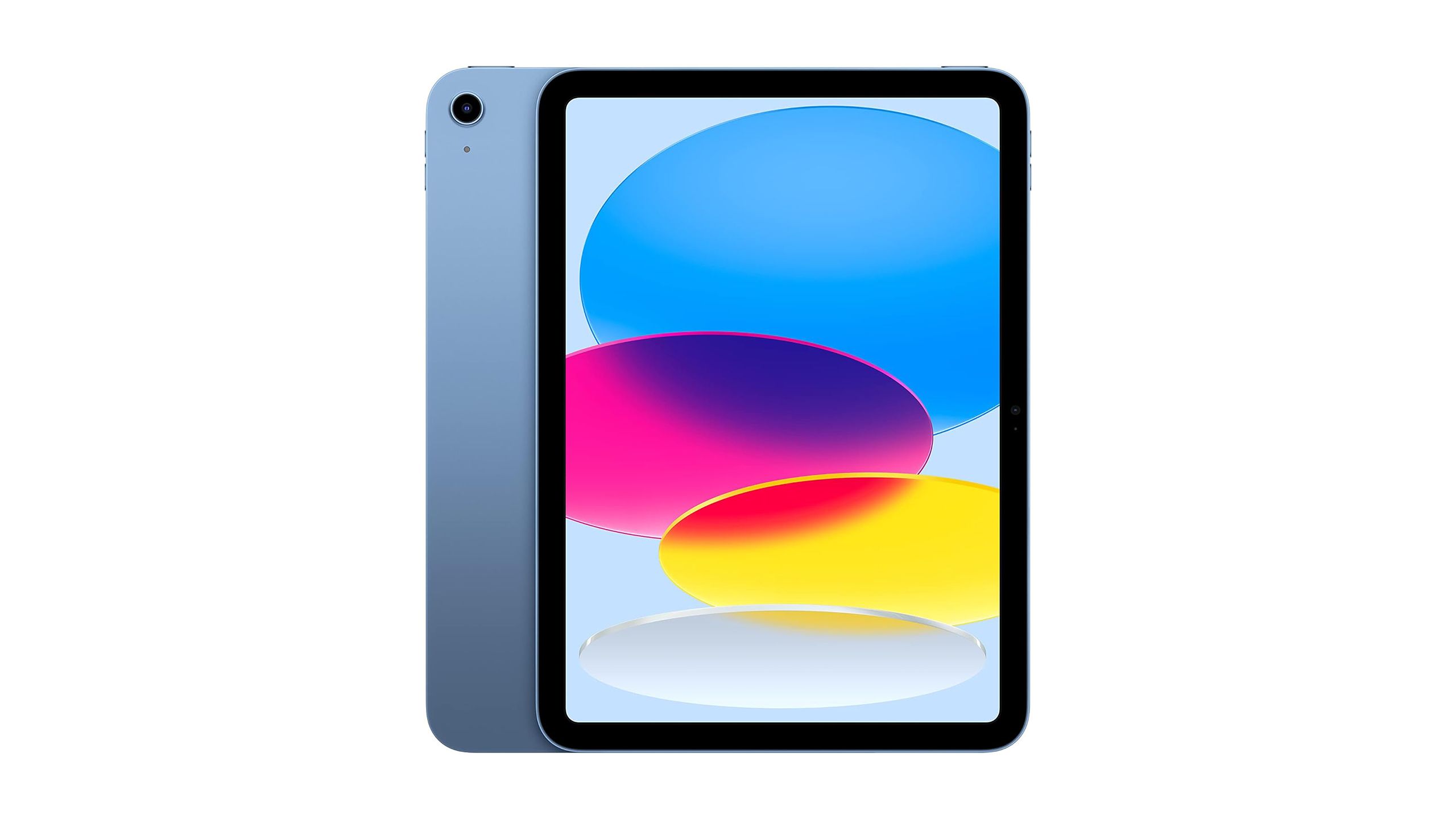Summary
- No iPad has been an outright failure, but some of Apple’s product decisions have been problematic.
- The third-gen iPad was heavy and prone to overheating, for example.
- The 2020 iPad Pro lost access to important apps and features only a year later.
To Apple’s credit, there hasn’t been a genuinely terrible iPad released so far. By that, I mean something that’s outright unpleasant to use, or else broken or incomplete. That’s still a problem with plenty of other products — just consider the Humane Ai Pin, or the Full Self-Driving mode on Teslas. You might be able to enable FSD on your Model 3, but there’s still a risk it’s going to disengage partway through your commute.
Apple has, however, occasionally made some baffling compromises, such that some iPads didn’t really make sense to buy if you could afford to wait a year or two for improvements. These are my personal picks for the worst iPads in that regard — your own choices might vary.
Related
The iPad wants to replace your Kindle e-reader – but should it?
The answer is going to depend on how and what you want to read, not to mention your budget.
1 The third-generation iPad (2012)
Coming in hot and heavy, literally
Apple / Pocket-lint
This was the first iPad I ever owned, and I really liked it, overall. It was also the first iPad equipped with a Retina Display, meaning there were no discernible pixels in compatible apps. And since I bought the cellular/GPS version, I was able to use it for offline maps during a trip to Germany.
It was nearly half a pound heavier than the 2024 11-inch iPad Pro.
There were drawbacks to the product, though, beginning with weight. Even the Wi-Fi-only model was 1.44 pounds, or about 652 grams. That might not sound like much, but it was nearly half a pound heavier than the 2024 11-inch iPad Pro, and that’s before adding a case. It was uncomfortable to hold single-handed for more than a minute or two. Inevitably, you had to rest it on something for reading, never mind using a stylus or trying to type out a full sentence.
The tablet was also infamous for running hot — never dangerously so, but you’d feel it if you sat it on your lap. And in Australia, Apple got into legal trouble for marketing the cellular version as “4G,” even though it didn’t actually support local 4G networks. The company was forced to change its advertising in the country, as well as offer refunds to people who felt deceived.
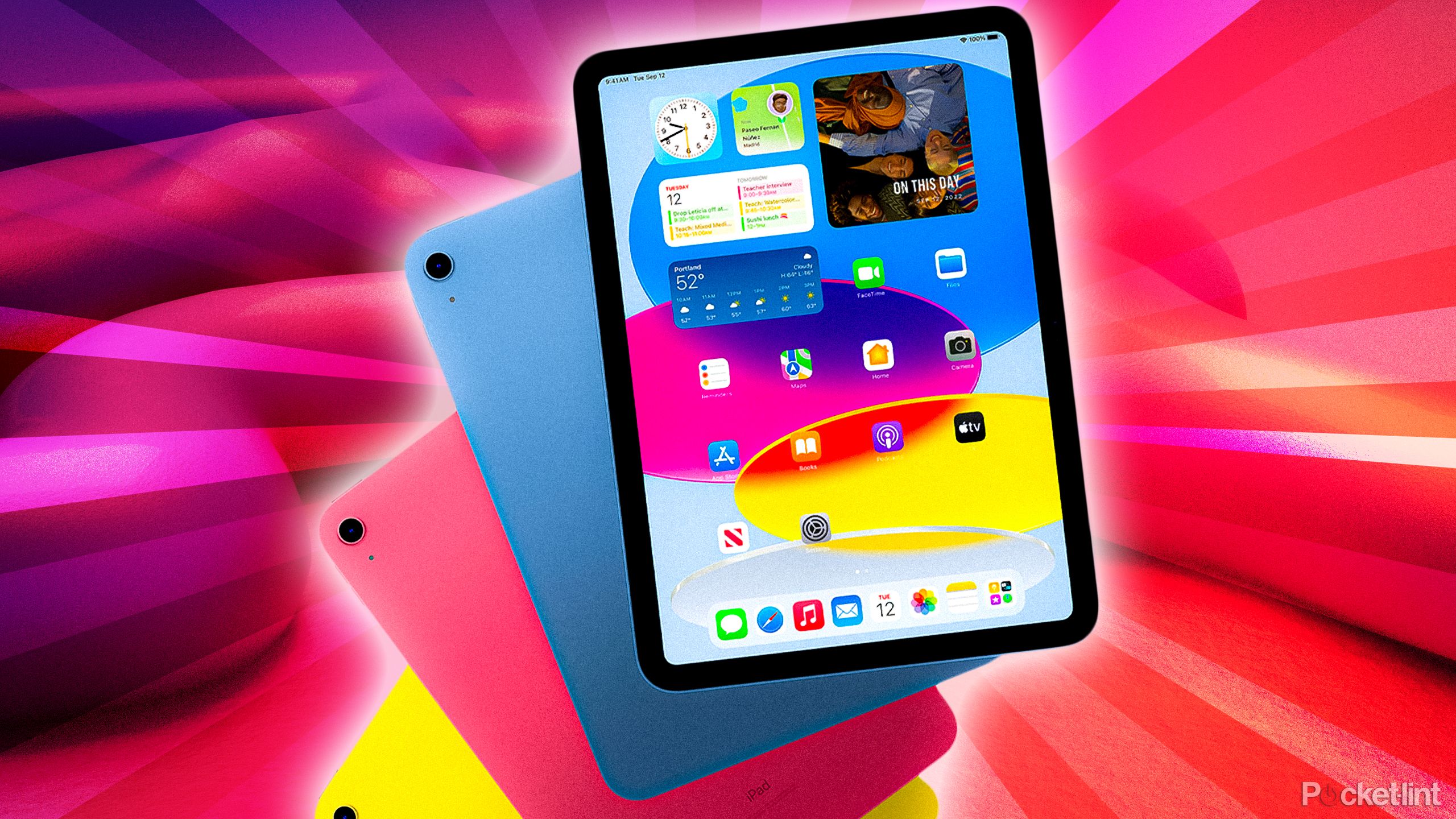
Related
You should (almost) always buy the cheapest iPad – here’s why
Even the entry-level iPad may be more than you really need.
2 The first-generation iPad mini (2012)
For size purists only
In retrospect, Apple really went off-course with iPads in 2012. On paper, the first-gen Mini wasn’t a bad idea — Apple needed some sort of response to the Google Nexus 7and other small Android tablets. It also needed a model that was genuinely ergonomic for reading. Later Minis have become popular among some professions for that reason, such as commercial aviation.
The OG Mini was outdated the moment it arrived, however. It used the same A5 processor from 2011’s iPad 2, despite the third-gen iPad sporting an A5X chip at a time when every ounce of performance mattered. More importantly, it didn’t have a Retina Display, so images remained very pixelated. Everyone following Apple rumors knew that a Retina Mini was inevitable, and sure enough, the second-gen Mini fixed that oversight a year later.

Related
The 4 ways my iPad mini earns its keep every single day
The iPad mini 7 is far from perfect, but its 8.3-inch display makes it the perfect tool for these activities.
3 The fourth-generation iPad Pro (2020)
Oops, now you’re obsolete
This is another product I bought with my own cash, and it’s what I’m still using today. For the most part, I don’t regret buying it. It’s a testament to its design that it’s keeping up with (most) apps five years later.
It was, however, an incremental update to the 2018 Pro models, for instance, adding an ultra-wide camera and an extra graphics core, while bumping base RAM to 6GB. It was fine if you hadn’t upgraded your iPad in many years, like me, but it was pointless if you owned a 2018.
2020 owners found themselves unable to run some apps purely for architectural reasons, and even some iPadOS features.
The real kicker was that it was the last Pro to use an A-series processor. The next year, Apple switched the Pro over to the same M-series chips it was using in Macs. 2020 owners found themselves unable to run some apps purely for architectural reasons, and even some iPadOS features, namely extending Stage Manager windows to an external display. There’s still skepticism about whether these barriers were artificial, given that Apple Intelligence runs on 2020 hardware.
The fair thing for consumers would have been to keep 2018 Pros around until the M-series jump. It’s not clear why Apple didn’t, except perhaps because of competitive pressure.
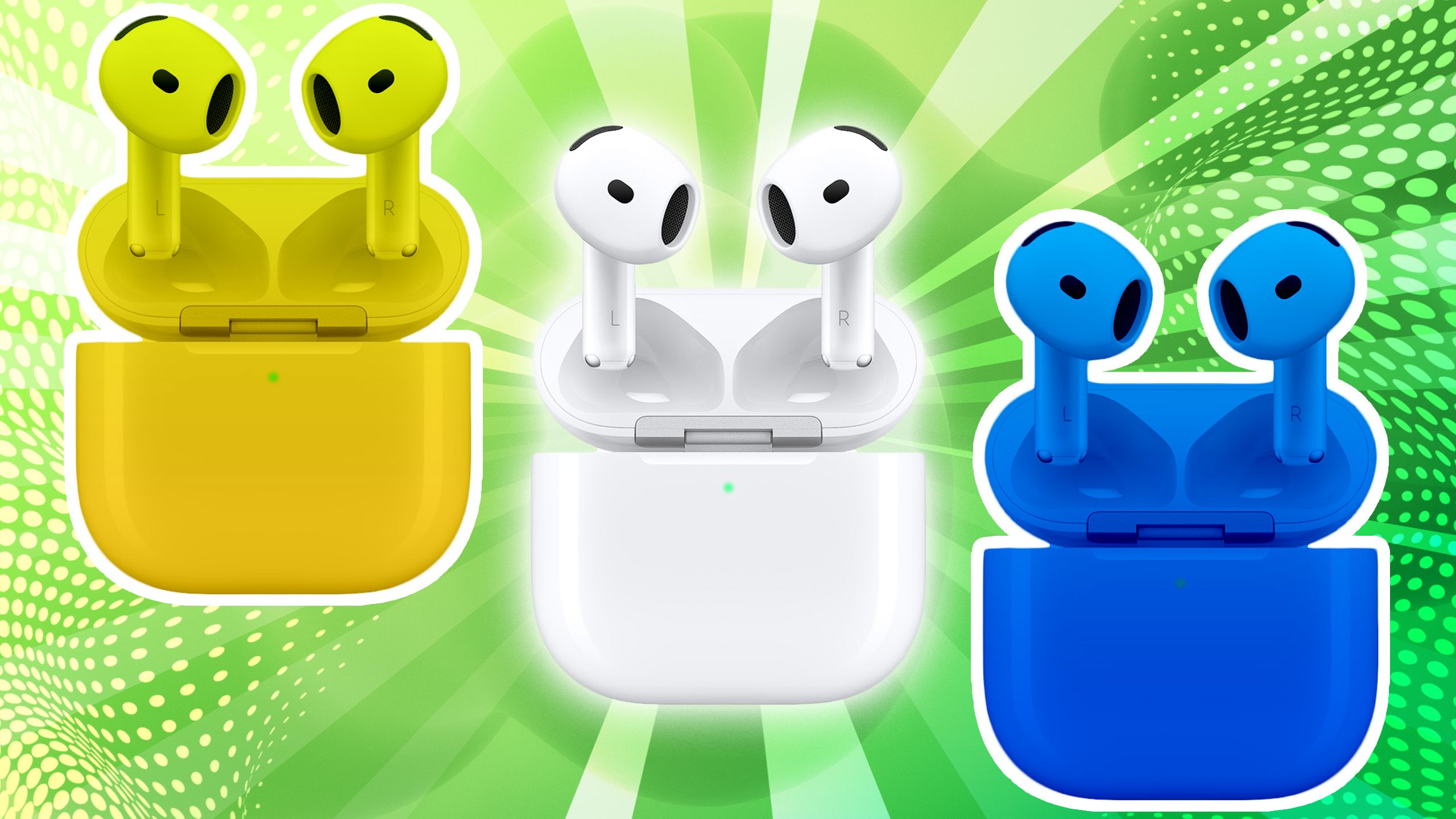
Related
How to use your AirPods for in-flight entertainment
Take advantage of all those free movies and TV shows without plugging in.
4 The 10th-generation iPad (2022)
Great until you got to the tag
Spec-wise, there was nothing too off-putting about the 10th-gen iPad. It had a two-year-old iPhone processor, true, but that was good enough, and the product advanced base iPad specs in other ways, above all by ditching things like a Home button and a Lightning port. It even added a landscape-oriented FaceTime camera, finally acknowledging that no one wants to hold an iPad vertically for an entire video call.
The real problem — apart from needing an awkward Apple Pencil adapter — was the price. Apple jacked the cost up $120 to $449, keeping the 9th-gen iPad on sale for $329. If you really wanted to save money, it made more sense to buy that 9th-gen model or find a refurb. If you could afford the 10th-gen, you were $150 away from buying an iPad Air, which was clearly the better device.
Apple seems to have learned its lesson, since 2025’s base iPad is $349 again.

Related
Does smart tech really add that much to your fitness regimen?
The full answer varies from person to person, but here’s my gym-buff take.
Trending Products

AULA Keyboard, T102 104 Keys Gaming Keyboard and Mouse Combo with RGB Backlit Quiet Laptop Keyboard, All-Steel Panel, Waterproof Gentle Up PC Keyboard, USB Wired Keyboard for MAC Xbox PC Players

Acer Aspire 3 A315-24P-R7VH Slim Laptop computer | 15.6″ Full HD IPS Show | AMD Ryzen 3 7320U Quad-Core Processor | AMD Radeon Graphics | 8GB LPDDR5 | 128GB NVMe SSD | Wi-Fi 6 | Home windows 11 Residence in S Mode

MATX PC Case, 6 ARGB Followers Pre-Put in, Sort-C Gaming PC Case, 360mm Radiator Help, Tempered Glass Entrance & Facet Panels, Mid Tower Black Micro ATX Laptop Case

Wireless Keyboard and Mouse Combo, Lovaky 2.4G Full-Sized Ergonomic Keyboard Mouse, 3 DPI Adjustable Cordless USB Keyboard and Mouse, Quiet Click for Computer/Laptop/Windows/Mac (1 Pack, Black)

Lenovo Newest 15.6″ Laptop, Intel Pentium 4-core Processor, 15.6″ FHD Anti-Glare Display, Ethernet Port, HDMI, USB-C, WiFi & Bluetooth, Webcam (Windows 11 Home, 40GB RAM | 1TB SSD)

ASUS RT-AX5400 Twin Band WiFi 6 Extendable Router, Lifetime Web Safety Included, Immediate Guard, Superior Parental Controls, Constructed-in VPN, AiMesh Appropriate, Gaming & Streaming, Sensible Dwelling

AOC 22B2HM2 22″ Full HD (1920 x 1080) 100Hz LED Monitor, Adaptive Sync, VGA x1, HDMI x1, Flicker-Free, Low Blue Mild, HDR Prepared, VESA, Tilt Modify, Earphone Out, Eco-Pleasant

Logitech MK540 Superior Wi-fi Keyboard and Mouse Combo for Home windows, 2.4 GHz Unifying USB-Receiver, Multimedia Hotkeys, 3-12 months Battery Life, for PC, Laptop computer


